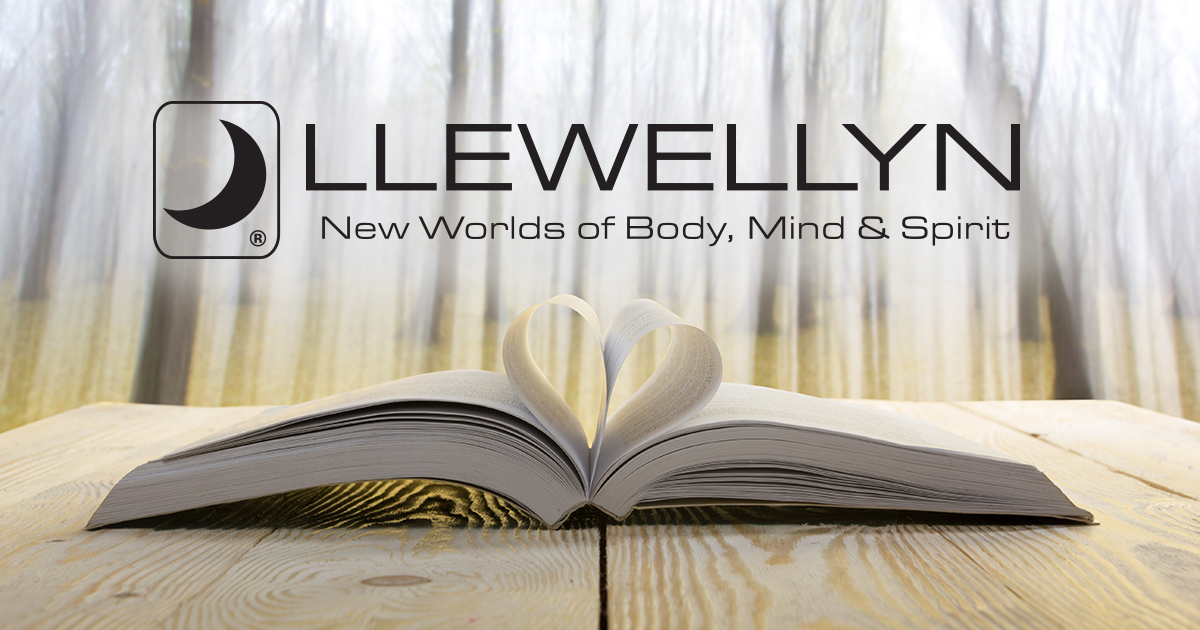





Words have a power sometimes hidden in their pronunciation, in the idea they refer to, or in their etymology. Theurgy is a perfect example of this. This "divine work" embodies a tradition that goes back hundreds of years to the sacred land of Egypt. More broadly, this spiritual school initiated famous figures such as Iamblichus, Proclus, and Emperor Julian, among others. This lineage spread to Syria, Turkey, Greece, Italy, and even to France and England. But experiencing the Middle East, and more precisely Egypt, has remained the ultimate goal of many theurgists, as it is where this tradition first began. The desire to experince Egypt was also the case for me many years ago. This ...
A successful ritual is comprised of several elements that can be listed under two classifications: tools and methods. Tools of magic include any object, implement, or symbol that a magician uses to aid their practice. Methods are the techniques and skills needed to animate various facets of magical energy. Ritual tools can be virtually anything from the simplest item needed to raise the ambiance of the temple space to the most intricately designed wand or pentacle used to attract the unseen forces that the magician desires to work with to accomplish their goals. Certain objects have a purely practical and utilitarian function, such as chairs; side tables; cigarette lighters or barbecue ...
When you hear the phrase "Golden Dawn Magic," what springs to mind? A spiritual tradition based on the philosophy and teachings attributed to legendary magician Hermes Trismegistus? A Qabalistically-derived system that focuses on the sacredness intertwined throughout the cosmos? A School of the Mysteries that integrates elements of astrology, alchemy, and high magic into its teachings? A society of like-minded seekers that work toward the attainment of spiritual growth and transformative levels of higher consciousness? If all of these things come to mind, then you have a good basic understanding of what Golden Dawn Magic is and what it hopes to accomplish. To manifest the goals of our ...
When we started our magic together, we included both study and practice. Alannah quickly reached out to the community and our temple was formed, with seasonal rituals and weekly classes. And, we began to ask ourselves how to share this powerful thing we were doing with others. We landed on an overarching theory of Hermeticism as a guiding principle in our study and understanding of magic. We felt aligned with the principles of hermeticism; they allowed us to have the freedom we wanted in a magical practice. We liked the connection with the mystical mythologies and the unbroken wisdom that comes from ancient times with life today. The magic that we create is largely influenced and based ...